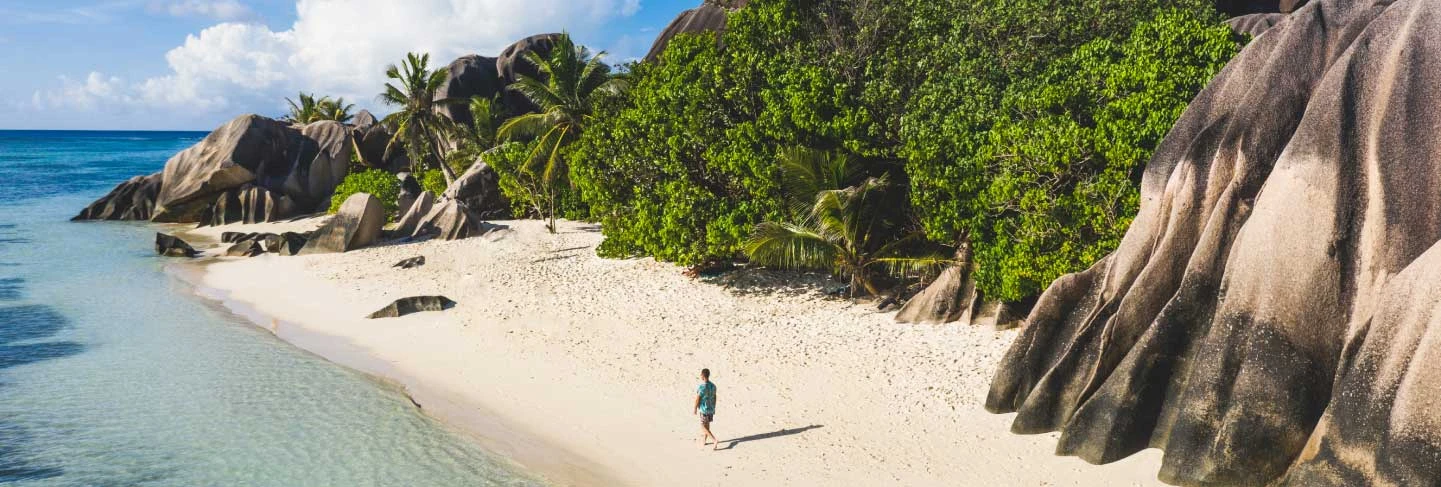
Diving in the Seychelles – What is it actually like?
Posted: November 30, 2020
You might be thinking what is it actually like diving in the Seychelles? Do the photos show everything and more? What is it like underwater? Hopefully we can answer these questions within this blog…
What is it like diving in the Seychelles then?
It is a hard question to answer but I shall give it a go! Are we diving for scientific surveys? Do you have a dive that you are leading a group on? Are you being led on an underwater tour by a dive leader? Are you completing citizen science such as Coralwatch or a Dive Against Debris? All of these different reasons for diving change how you might dive, where you dive, and therefore what you might see. Below I have laid out what it is like completing scientific dives and R+R dives as well.
R+R Diving
Let’s start with the casual dive, exploring the sites and enjoying what the Seychelles has to offer with regards to R+R diving. It has a great range for all experiences. There are some great reefs filled with aquatic life. Beautifully coloured groupers and the stand out yellows of the butterflyfish.
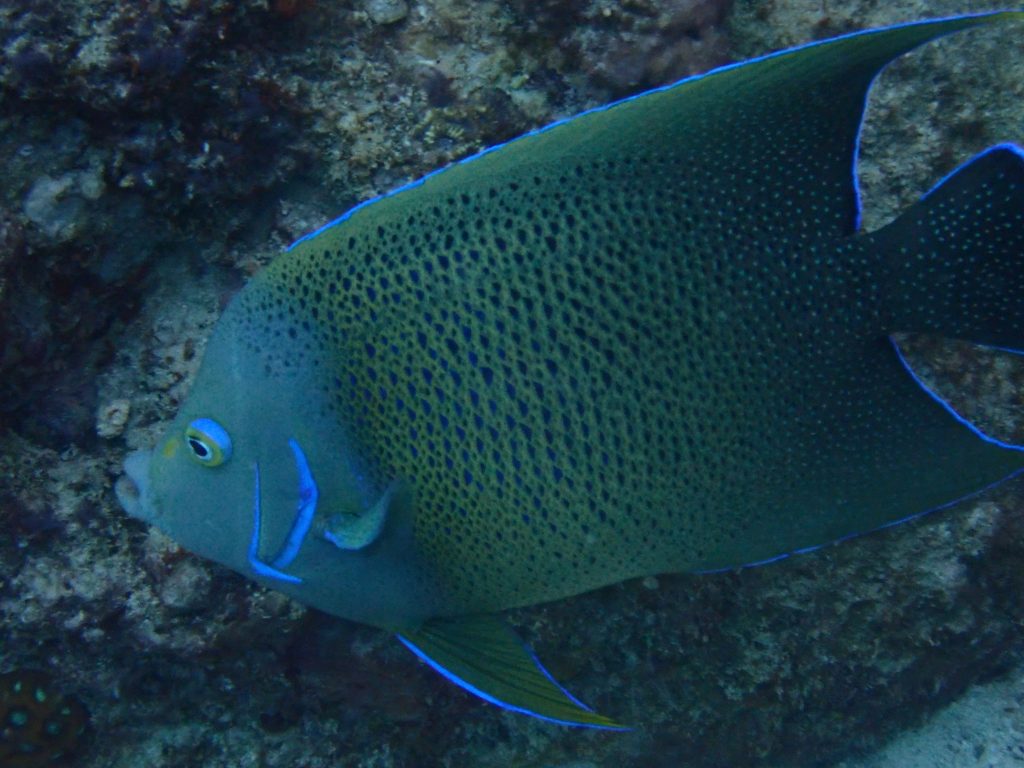
It is definitely not rare to see a hawksbill or green turtle nor is it rare to see some form of ray (marbled, eagle, feathertail, devil), or sharks (white tip/black tip/grey reef sharks). In fact, you are more than likely to see one of these on a dive. If you are lucky enough, potentially even a whale shark or a manta ray as well.
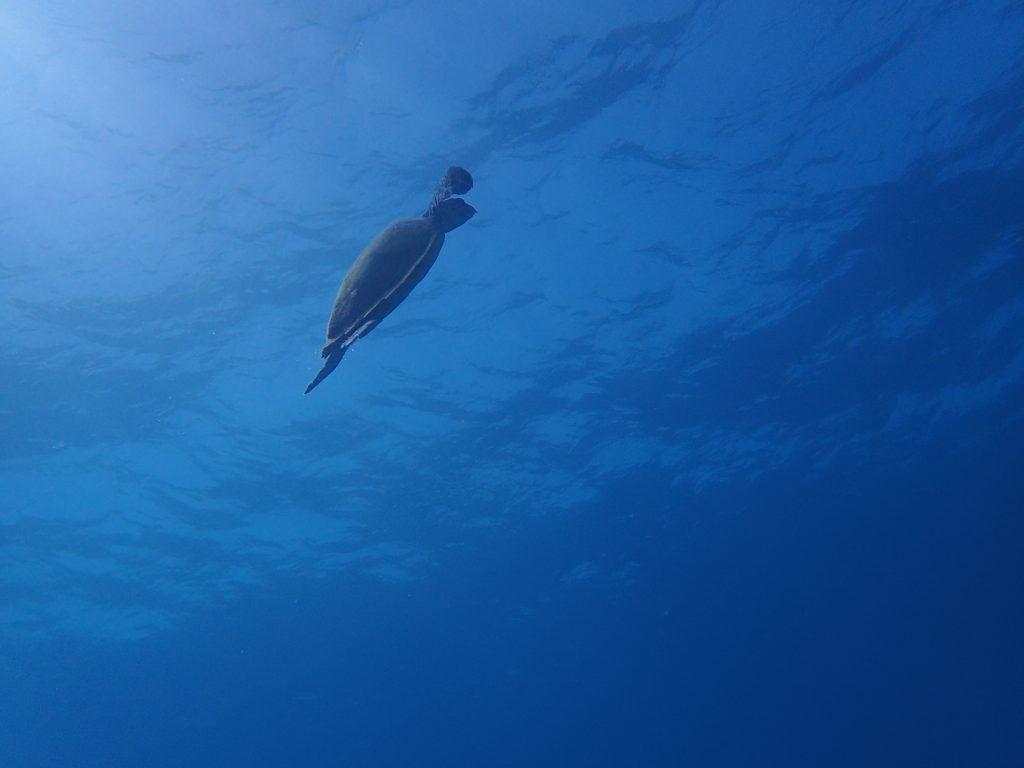
Our partner center based in the Seychelles, The Underwater Centre based in Beau Vallon, have a great team and take participants to great sites. In this past week alone they have had 3 sightings of whale sharks (and somehow I managed to miss every single one…) You may even find that the smaller invertebrates of the underwater world take your fancy from brightly coloured nudibranchs to the weird but wonderful looking sea cucumbers.
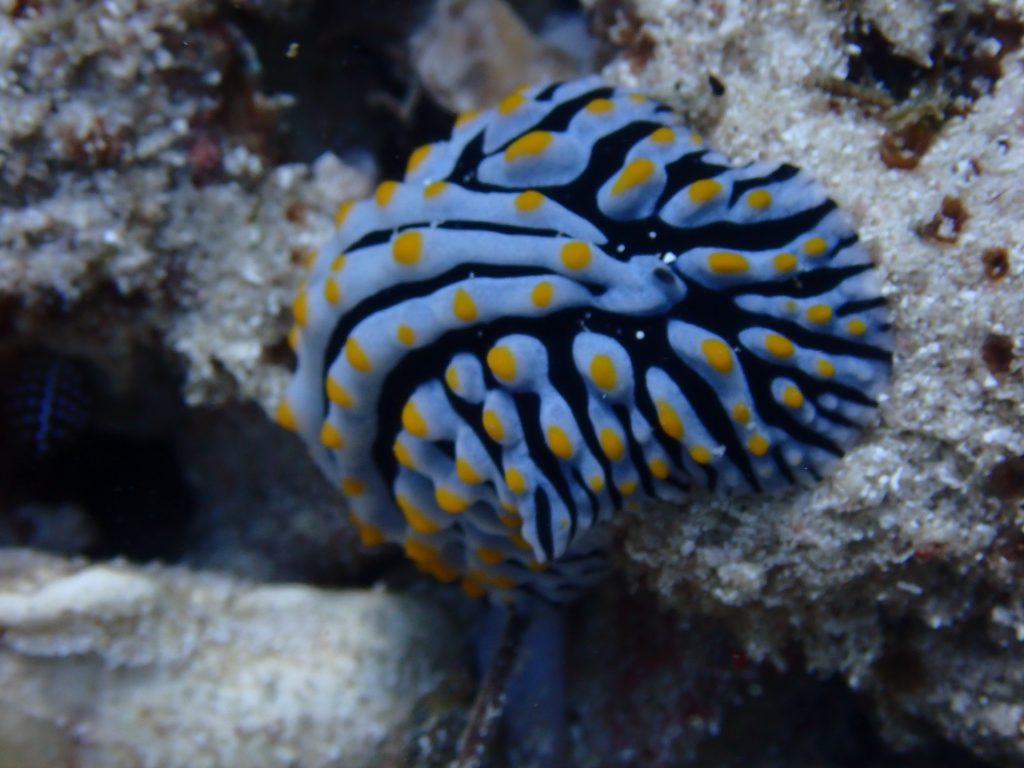
The coral can also be a stand out performer on some dives as well. Please do not be fooled though, the bleaching events and the effects of climate change on the world leading to warming waters have killed off 90-95% of the corals here in the Seychelles so you will see a significant amount of damage to the reefs.
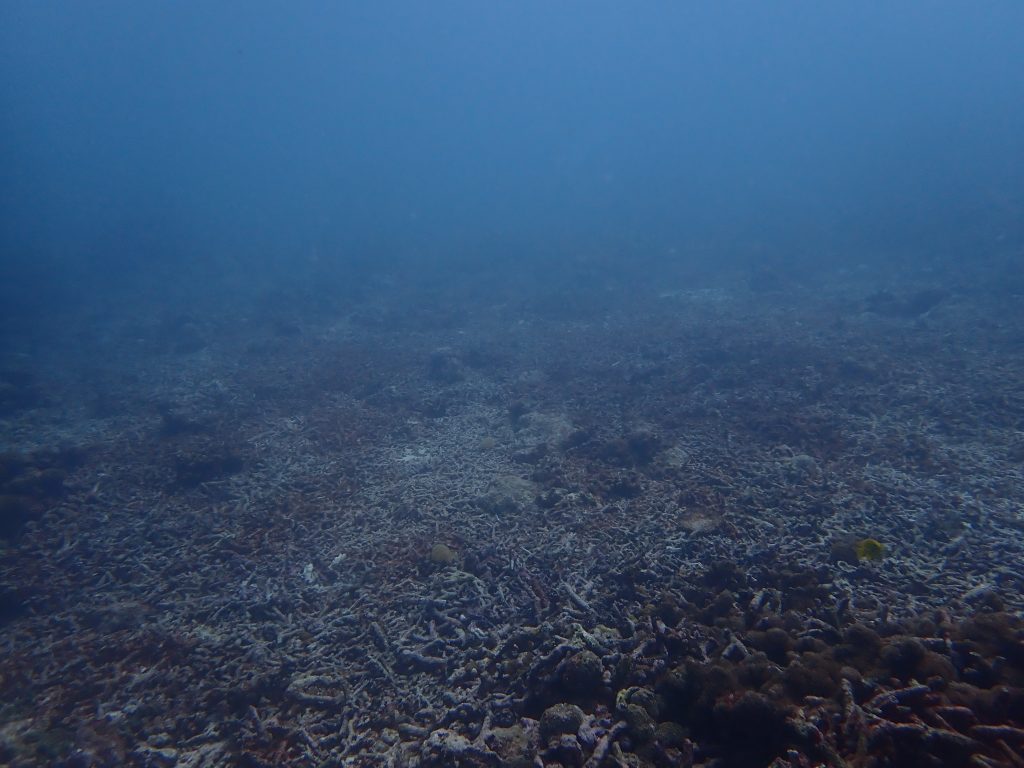
You also have a selection of wrecks to explore (outside only) and a few deeper reefs for the more experienced divers.
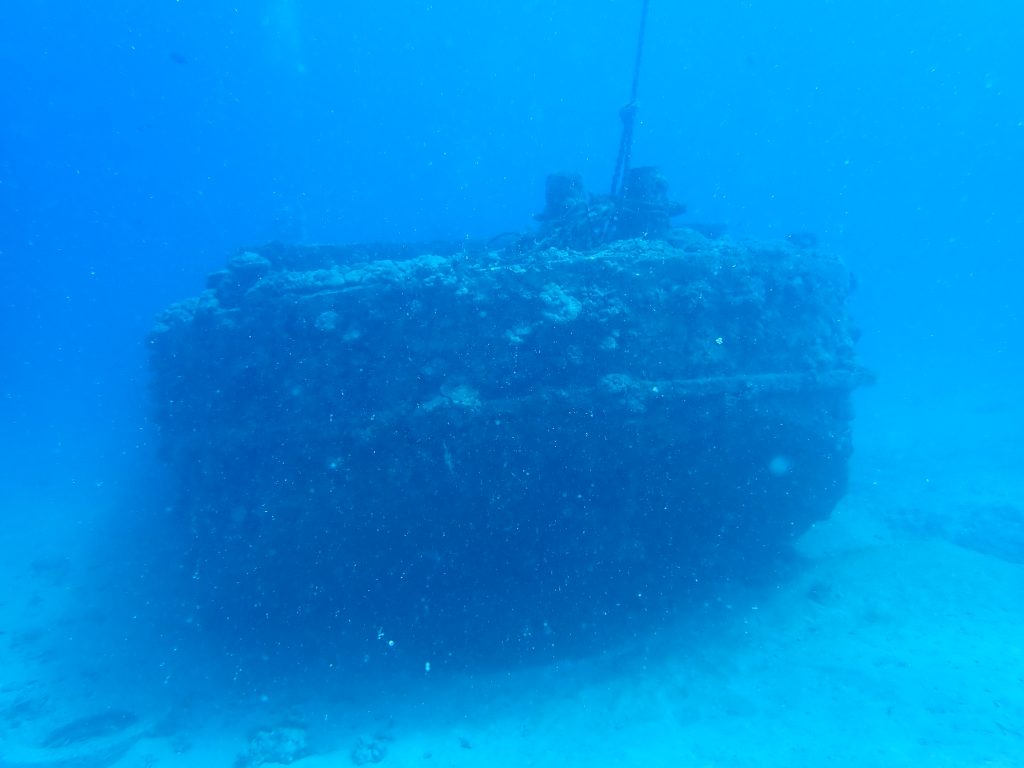
Scientific Diving
It’s fun, great fun, but hard work. Not only do you need to learn your specific topic whilst you join us on our program (coral, reef fish, commercial fish, invertebrates) but you also prepare all of your dive equipment and check it yourself as it is not laid out for you when you get to the boat like on some R+R dives.
You check your kit and check it twice. Make sure you have all your survey equipment needed to complete your survey and load it all onto the boat. Underwater, you dive with a purpose which may be developing your ID skills, practicing your survey methodology, or completing an actual survey. Apart from the above you normally see what you would see on an R+R dive whilst you are completing your survey or training. From my experience, after learning more about a certain area, for example fish or invertebrates, I now take more joy in all my dives looking at the different species of fish or focusing on the smaller invertebrates. One big difference are the conditions. It could be torrential rain and visibility lower than 10m and we would still go out (only if it was safe to) to complete training and surveys where normally you might decide to wait for a nicer day on a R+R dive.
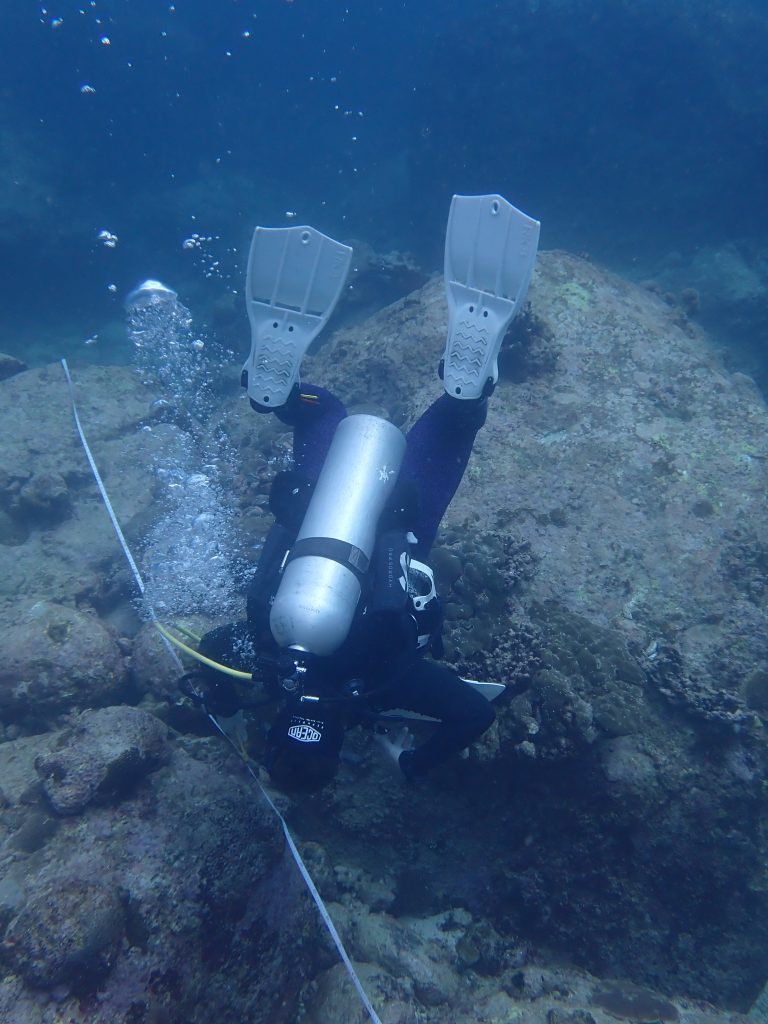
On some surveys you may find yourself against currents and surge, you may find yourself with 7m visibility, or you might have calm clear waters as far as the eye can see. I have experienced my widest range of underwater conditions whilst based in the Seychelles and the great thing about it is that I still love diving here! When you join a dive program with us, you will slowly develop the dive skills to deal with a wide range of conditions and after spending time here you will leave a confident diver.
How do the conditions change throughout the year?
Due to the changes in the seasons here we have a wide range of conditions underwater. In January the weather is calming down after the stormy December and conditions are becoming better. The waters are warming and normally around 27/28°C. As we progress through February to April the waters increase to 29/30°C. There is normally good visibility underwater with it being much calmer, however due to the winds coming from the northern direction the waters are choppy on the surface. In May the waters begin to cool again and each month it will begin to drop a couple of degrees so by June we are looking at 25°C and by July it can drop as low as 23°C. During May the winds begin to change and so does the visibility. By July the visibility is low, anywhere between 5-10m maximum so survey diving becomes more difficult but the waters are much calmer on the surface due to the South-easterly winds coming in. By October the temperature will begin to rise to around 27/28°C and by November we are seeing areas of 28/29°C. Each season brings with it it’s own pro’s and con’s but the Seychelles stays beautiful throughout.

